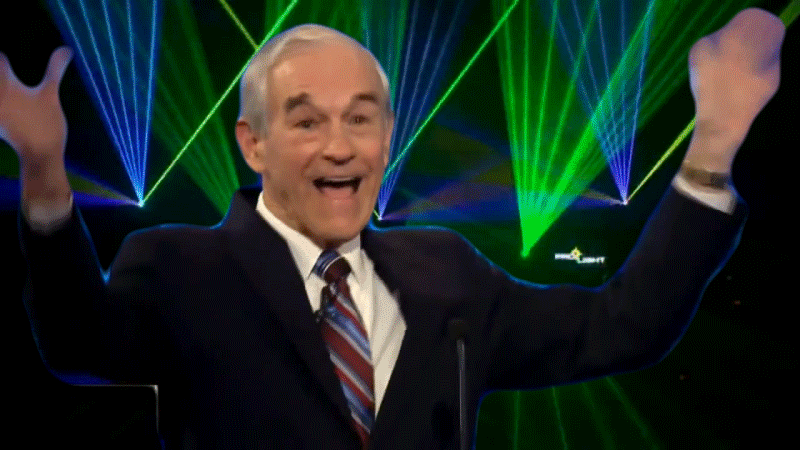Skryll
Active Member
Maybe a glitch?
He also says he is in florida, but changed his address to california
You can install our site as a web app on your iOS device by utilizing the Add to Home Screen feature in Safari. Please see this thread for more details on this.
Note: This feature may not be available in some browsers.
Maybe a glitch?
He also says he is in florida, but changed his address to california
This is said with malicious intent, he wants them to fail probably because
He has something to gain . If you are looking for a motive,
Follow the money.
This is said with malicious intent, he wants them to fail probably because
He has something to gain . If you are looking for a motive,
Follow the money.
The dude is 85. He's not finessing some sort of secret plan. He's focused on getting up four times every night to pee.
"Going out of business" is an odd thing for Lutz to say. The worst case is that Tesla would go bankrupt and then continue. The balance sheet would be a lot prettier without the non-recourse debt.
A 500 mile pack at 2000 charge cycles provides 1 million miles. The existing NCA chemistry could probably do that, if they are using NMC chemistry used in Powerpacks it's good for 5000 cycles.
No. Two 400 V packs of X amp hours in parallel or series is the same amount of energy and charge time is not affected.
Energy per pack is the same, but If you take two 100 kWh packs and charge them in series or parallel both charge at the standard rate each, so nett you effectively get two times as much energy in the ‘system’ as one pack.
example case : supercharger site with two cars charging at stall 1 and the other at stall 2.each 120 kW. Works as long as the packs can get rid of the heat instead of transferring heat to each other.
It would also allow for some degradation as the pack could smartly always allow 500 miles Max charge by opening up those excess miles over time. Could even be smart enough to allow more charge in winter.
I think you misunderstood what they were saying. Two packs vs one pack does make a difference. For two packs, series or parallel connection does not make a difference.
Edit: modified pronoun
Serious people, what's taking so long?


I don't think Tesla Semi has either an energy density or C rate design challenge. I think the design challenge is limiting degradation to enable enough battery cycles needed to do a million miles.
Jeffrey Dahn is their Jeffrey Dahmer?The ICE corporate executives are now getting a good idea of what it feels like to be on death row, and there is a quiet knock on the door early in the morning. And they know its going to be a very bad day.
RT


